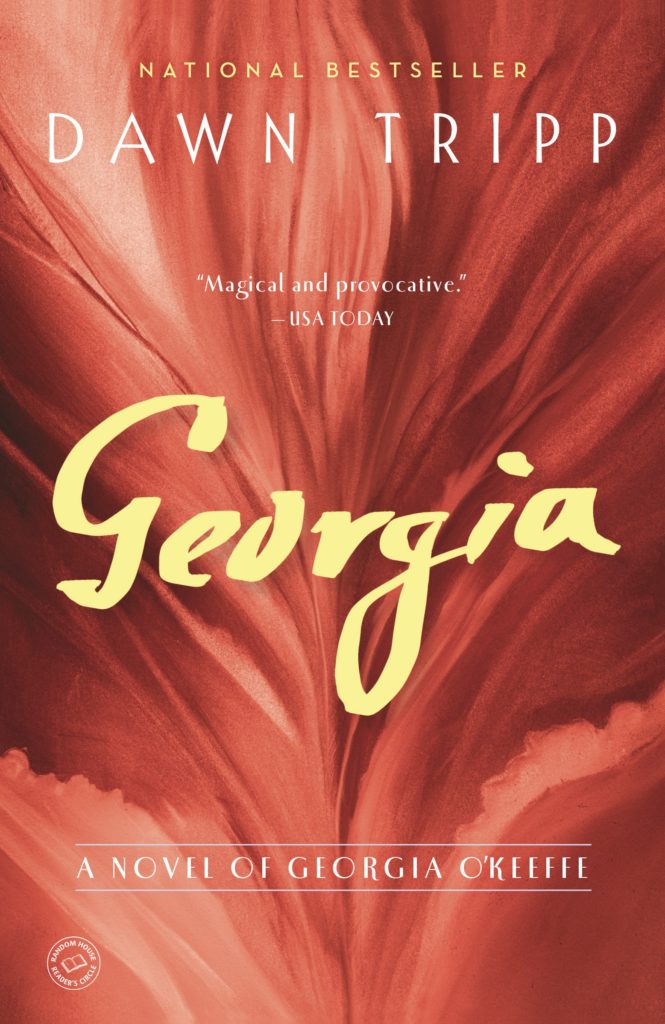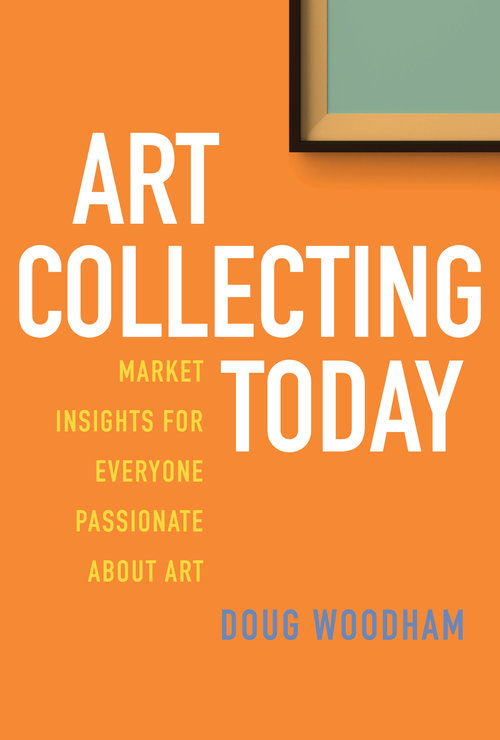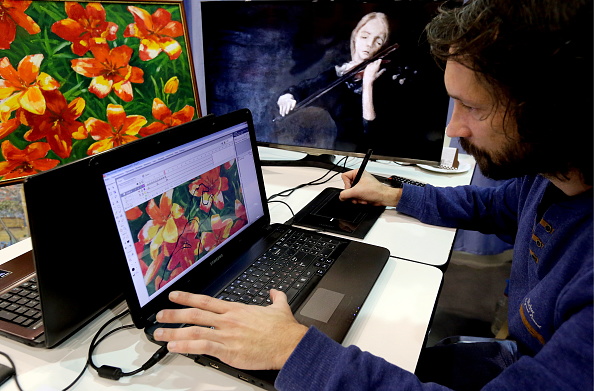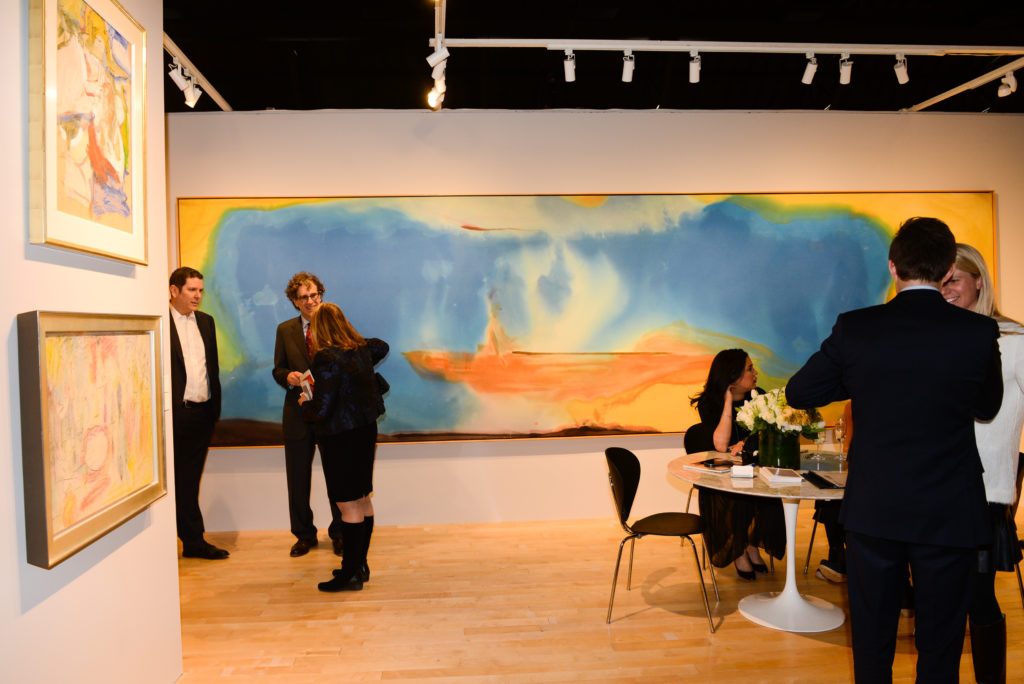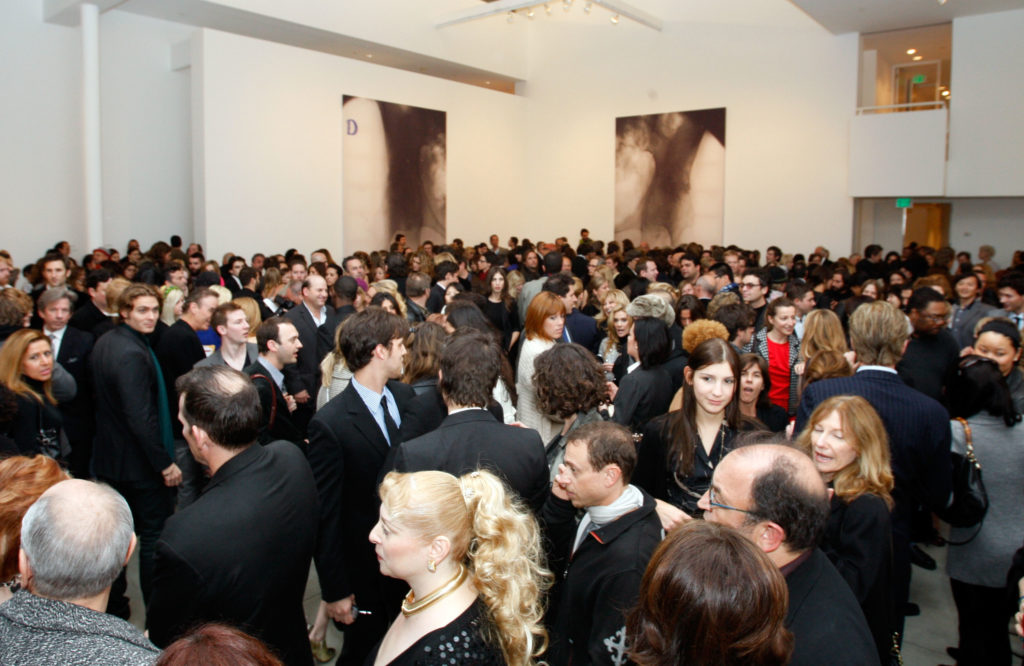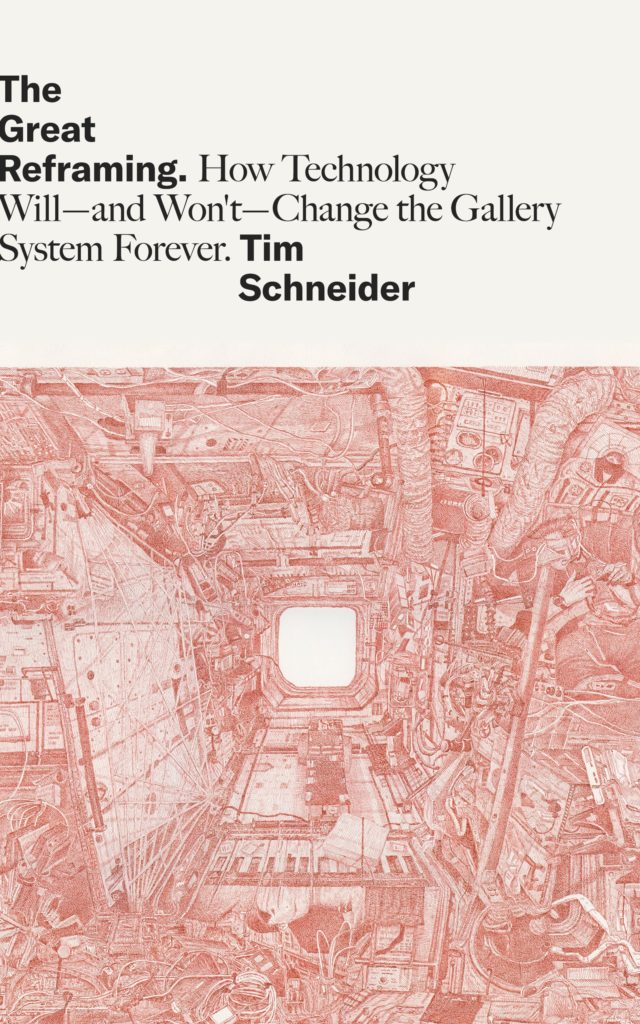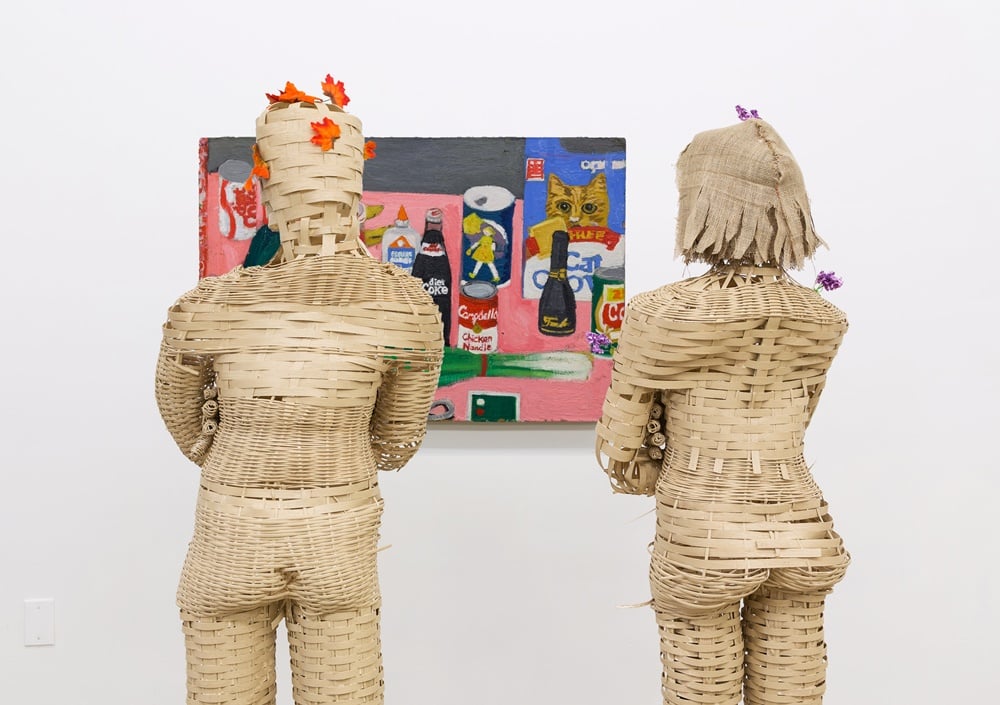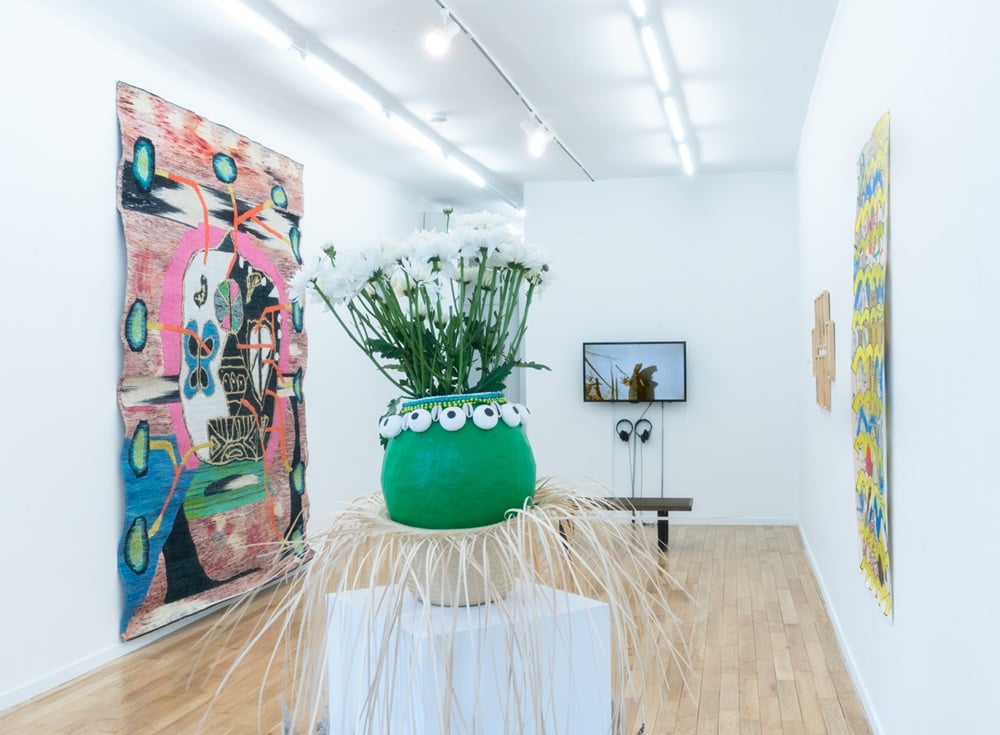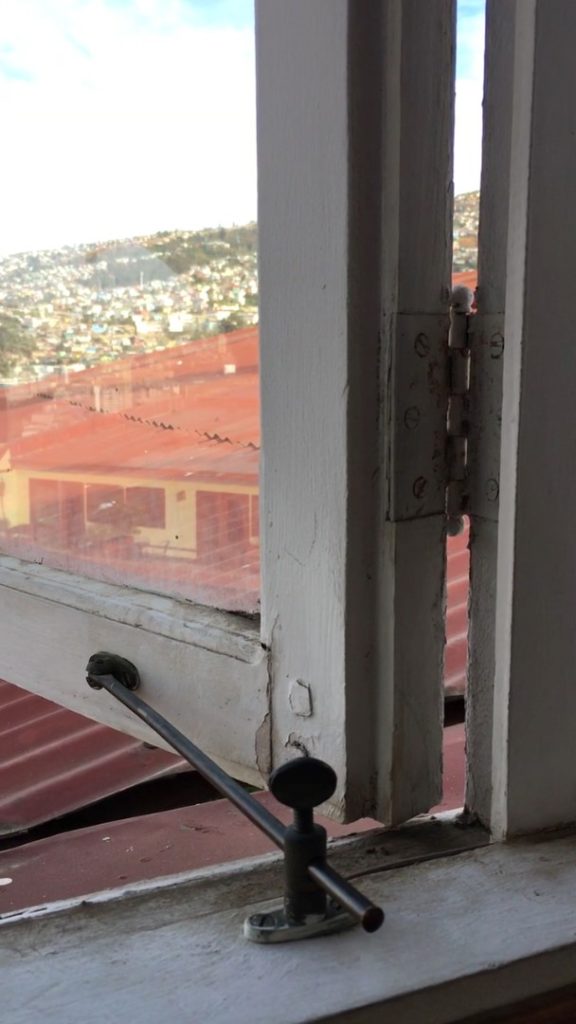Art World
15 Scintillating Art Books to Read on the Beach This Summer
Catch up on the best books from around the art world with this summer reading list.
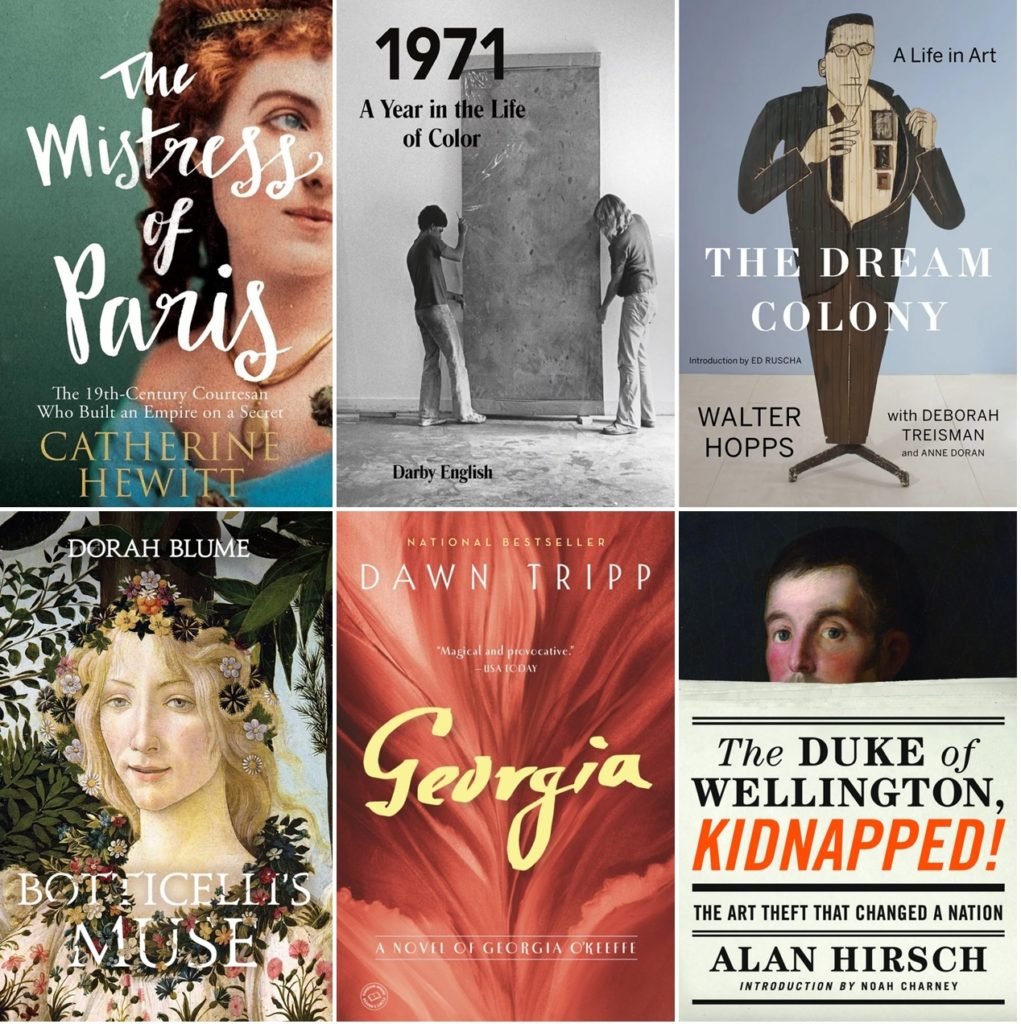
Summer is officially upon us, and to celebrate we’ve compiled a list of the best new titles from around the art world. Whether exploring the untold history of paintings or contemplating the state of museum curation, 2017 has given us pages of insight and intrigue. From an interrogation of Modernism in veteran curator Darby English’s 1975: A Year in the Life of Color, to a juicy biography of a 19th-century art muse who inspired the likes of Émile Zola and Édouard Manet, there is a summer gem for every taste. See the 14 books that made our list below—and make sure to save room in your suitcase.

The Mistress of Paris: The 19th-Century Courtesan Who Built an Empire on a Secretby Catherine Hewitt (2015). Courtesy of St. Martin’s Press.
1. The Mistress of Paris: The 19th-Century Courtesan Who Built an Empire on a Secret by Catherine Hewitt (January 2017)
Originally published in the UK, The Mistress of Paris made its stateside debut in January—but if ever there was a biography that screams summer beach read, it’s the tale of Comtesse Valtesse de la Bigne. Born to a poor laundress, Valtesse, as she christened herself, uses her considerable physical and intellectual charms to rise through the ranks of Parisian society, from lowly chorus girl to a courtesan of unimaginable wealth.
Originally published in the UK, The Mistress of Paris made its stateside debut in January—but if ever there was a biography that screams summer beach read, it’s the tale of Comtesse Valtesse de la Bigne. Born to a poor laundress, Valtesse, as she christened herself, uses her considerable physical and intellectual charms to rise through the ranks of Parisian society, from lowly chorus girl to a courtesan of unimaginable wealth.
A muse to writers and artists alike—Émile Zola based a novel on her, and Édouard Manet painted her—Valtesse surrounded herself with art and culture, carefully controlling her image and brand in a way that could serve as a how-to guide to any 21st-century social media star.
—Sarah Cascone
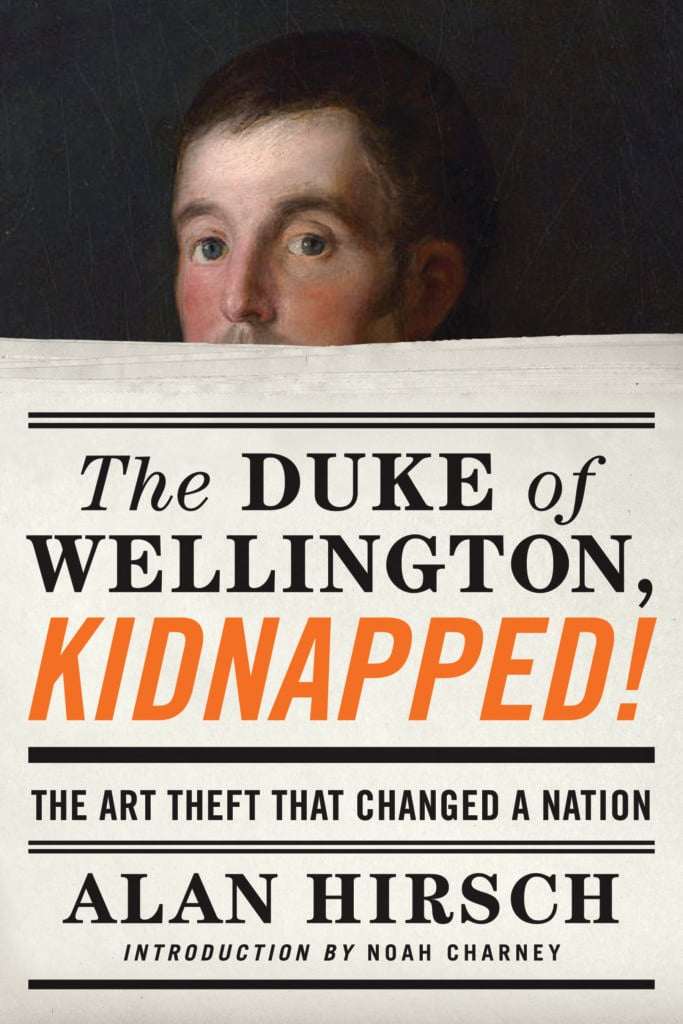
The Duke of Wellington, Kidnapped!: The Incredible True Story of the Art Heist That Shocked a Nation by Alan Hirsch (2017). Courtesy of Counterpoint.
2. The Duke of Wellington, Kidnapped!: The Incredible True Story of the Art Heist That Shocked a Nation by Alan Hirsch (July 2017)
If you’ve never heard of the theft of Francisco de Goya‘s Portrait of the Duke of Wellington from London’s National Gallery, trust that it’s a tale worth telling. The first painting the UK ever sought to bar from export, the work depicts the man who famously defeated Napoleon at Waterloo, and was considered the pride of the nation—which made it all the more shocking when it was stolen under dead of night on August 21, 1961, less than a month after going on view at the museum.
If you’ve never heard of the theft of Francisco de Goya‘s Portrait of the Duke of Wellington from London’s National Gallery, trust that it’s a tale worth telling. The first painting the UK ever sought to bar from export, the work depicts the man who famously defeated Napoleon at Waterloo, and was considered the pride of the nation—which made it all the more shocking when it was stolen under dead of night on August 21, 1961, less than a month after going on view at the museum.
The painting cameoed in a James Bond film, with Sean Connery spotting it in villain’s lair, but like all the best stories, the truth was stranger than fiction. Alan Hirsch has delved into the incredible ins and outs of the crime, the bizarre motive for the painting’s ransom, the sensational trial, and, more than half a century later, the true story of who was responsible—never mind the history books.
—Sarah Cascone

Botticelli’s Muse by Dorah Blume. Courtesy of Juicebox Artists Press.
3. Botticelli’s Muse by Dorah Blume (July 2017)
In Dorah Blume’s capable hands, Renaissance Italy comes to life in all its complexity, historical fact deftly woven into a captivating narrative. Ostensibly the tale of the creation of Botticelli’s famed Primaveramasterpiece, Botticelli’s Muse is in equal parts a story of artistic inspiration, political intrigue, religious faith, temptation, and yes, romance.
In Dorah Blume’s capable hands, Renaissance Italy comes to life in all its complexity, historical fact deftly woven into a captivating narrative. Ostensibly the tale of the creation of Botticelli’s famed Primaveramasterpiece, Botticelli’s Muse is in equal parts a story of artistic inspiration, political intrigue, religious faith, temptation, and yes, romance.
To a cast of historical characters featuring the imperious Lorenzo de’ Medici, the pious-yet-tortured Girolamo Savonarola, and the handsome Filippino Lippi, Blume adds Floriana, a forced Jewish convert who became Botticelli’s unlikely muse—a love that would both inspire and challenge the great artist.
—Sarah Cascone

A Primer for Cadavers by Ed Atkins (2016). Courtesy of Fitzcarraldo Editions.
4. A Primer for Cadavers by Ed Atkins (September 2016)
Acclaimed video artist Ed Atkins brings his serpentine and hermetic language to the page with this collection of “part prose-poetry, part theatrical direction, part script-work, part dream-work,” in A Primer for Cadavers. Known for his computer generated imagery, the artist often litters his surrealistic videos with his rapturous poetic speech. Here, however, the book strips us of any visuals and leaves us with the raw textual rhapsody that is elegiac, disturbing, and entertaining. If you’re a fan of the artist, this book is a no-brainer. It resoundingly lets the reader imagine for themselves what Atkins’s garrulous universe looks like.
—Terence Trouillot
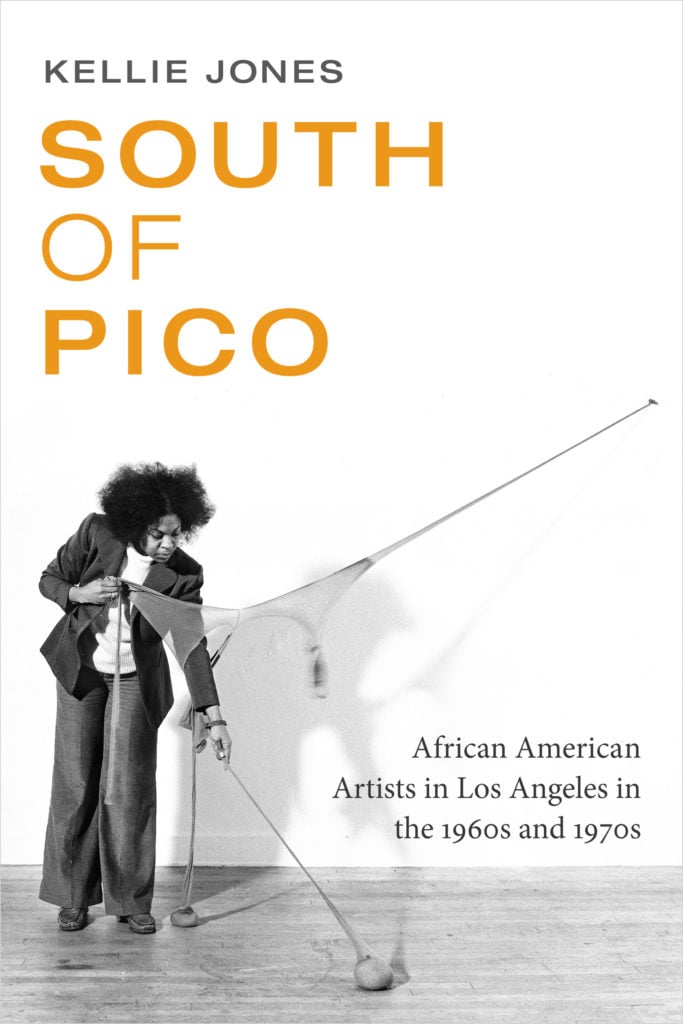
South of Pico: African American Artists in Los Angeles in the 1960s and 1970s by Kellie Jones (2017). Courtesy Duke University Press.
5. South of Pico: African American Artists in Los Angeles in the 1960s and 1970s by Kellie Jones (April 2017)
In South of Pico, Kellie Jones deftly examines the historic contributions of African American artists during the ’60s and ’70s in sprawling Los Angeles—a period marked by intense racial discrimination and rampant police brutality. An associate professor of art history at Columbia University, a MacArthur Fellow, and curator of the pivotal exhibition “Now Dig This! Art and Black Los Angeles 1960-1980,” Jones brings a tremendous depth of scholarship to LA’s African American art scene in her new book, surveying the works of artists such as Charles White, Noah Purifoy, Melvin Edwards, Maren Hassinger, Betye Saar, John Outterbridge, Senga Nengudi, David Hammons, and many more. Jones paints a very vivid picture the time and place in which these artists lived and produced an impressive repertoire of artworks. South of Pico is a remarkable read and should be on everyone’s reading list.
—Terence Trouillot
6. The Dream Colony: A Life in Art by Walter Hopps with Deborah Treisman and Anne Doran (June 2017)
The reputation of curator Walter Hopps precedes him, as a larger-than-life personality who helped shape the art world as we know it. At the tender age of 21, Hopps started his first gallery in Los Angeles. A mere three years later, he opened the doors of the iconic Ferus Gallery with artist Edward Kienholz, where the origin of Pop art began. For those unfamiliar with Hopps, this semi-auto-biographical story will be even more delightful— if only for the anecdotes and images. He began writing the book near the end of his life, and since it was incomplete, the project was taken on posthumously by The New Yorker‘s Deborah Treisman and artist/writer Anne Doran. The colorful life and career arc of Hopps are reminiscent of another innovative and daring curator, the late Marcia Tucker; their biographies should be treasured by art enthusiasts of all stripes.
—Caroline Goldstein
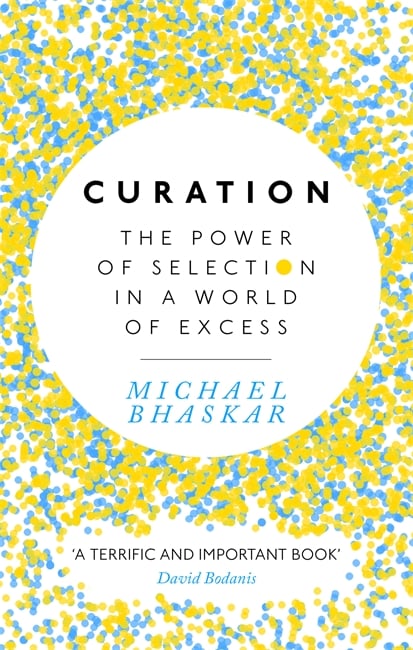
Curation: the Power of Selection in a World of Excess by Michael Bhaskar (2017). Courtesy Little Brown Book Group.
7. Curation: the Power of Selection in a World of Excess by Michael Bhaskar (June 2017)
Newly released in paperback, this nonfiction work by researcher Michael Bhaskar unravels the art of curation, emphasizing its relevance to businesses and individuals outside of the traditional sphere of the art world. Curation, he says, has left the museums and has become a necessary strategy for understanding 21st-century life.
Bhaskar asks: How do we make sense of culture in an age of information overload? Our world is super-saturated with information and goods that have very little to distinguish them from one another. This book advances the argument that the secret to added value lies in curation. By selecting, refining, or arranging goods and information in a certain way, by offering consumers bespoke choices, industry will be able to continue to grow and prosper.
—Naomi Rea
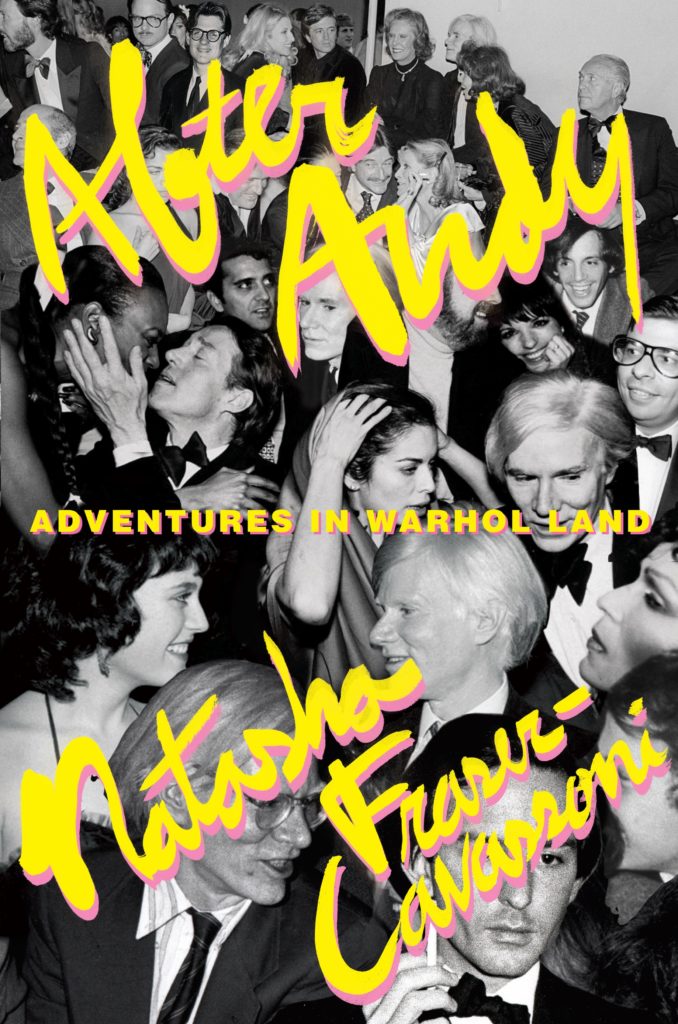
After Andy: Adventures in Warhol Land by Natasha Fraser-Cavassoni (2017). Courtesy Blue Rider Press.
8. After Andy: Adventures in Warhol Land by Natasha Fraser-Cavassoni (August 2017)
In this witty memoir, former It girl Natasha Fraser-Cavassoni spills the beans on Warhol and his inner circle. As Warhol’s last hire before his death, Fraser-Cavassoni offers up a firsthand account of the goings-on at the artist’s studio, dubbed affectionately, “Warhol Land” and at Interview magazine in the last years of his life and beyond.
In After Andy, the former society girl serves up the inside scoop on Factory-clan gossip and backstage celebrity feuds as she hauls the reader through 1970s London, 1980s New York, and 1990s Paris. In hilarious anecdotes and hard-hitting interviews, Fraser-Cavassoni explores Warhol’s indelible impact on the art world and pop culture and along the way introduces us to the rollicking cast of celebrities, socialites, and fashion icons who orbited the artist in his heyday.
—Naomi Rea
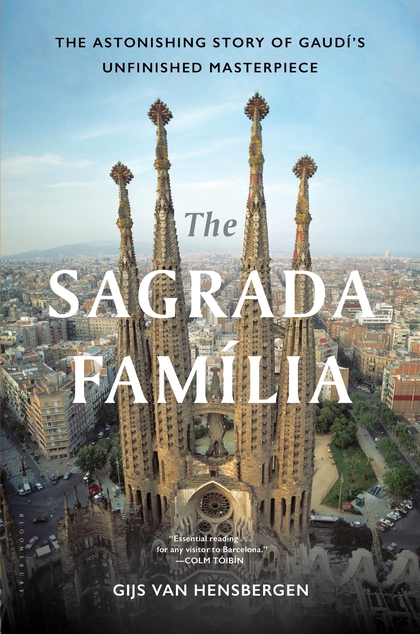
The Sagrada Familia:The Astonishing Story of Gaudi’s Unfinished Masterpiece by Gijs Van Hensbergen (2017). Courtesy Bloomsbury Publishing.
9. The Sagrada Familia: The Astonishing Story of Gaudi’s Unfinished Masterpiece by Gijs Van Hensbergen (July 2017)
In this biography of the famously unfinished Sagrada Familia church, Gaudi expert Gijs Van Hensbergen chronicles the evolution of the extraordinary build from its 1882 inception to the present day, and beyond. As the eccentric design of the church’s iconic spires might indicate, Gaudi’s masterpiece is no ordinary Roman Catholic church. In this detailed account, we learn how the remarkable structure survived two world wars, the Spanish Civil War and the many desperate years of Franco’s rule.
Van Hensbergen also unpacks the religious devotion and unconventional genius of the artist, whose 1926 death interrupted work on the church with more than three quarters left to go— a testament, according to Van Hensbergen, to Gaudi’s impracticable ambition. Now the unfinished building is an official UNESCO World Heritage Site, and Van Hensbergen concludes by looking ahead to its anticipated completion in 2026, the centenary of Gaudí’s death.
—Naomi Rea
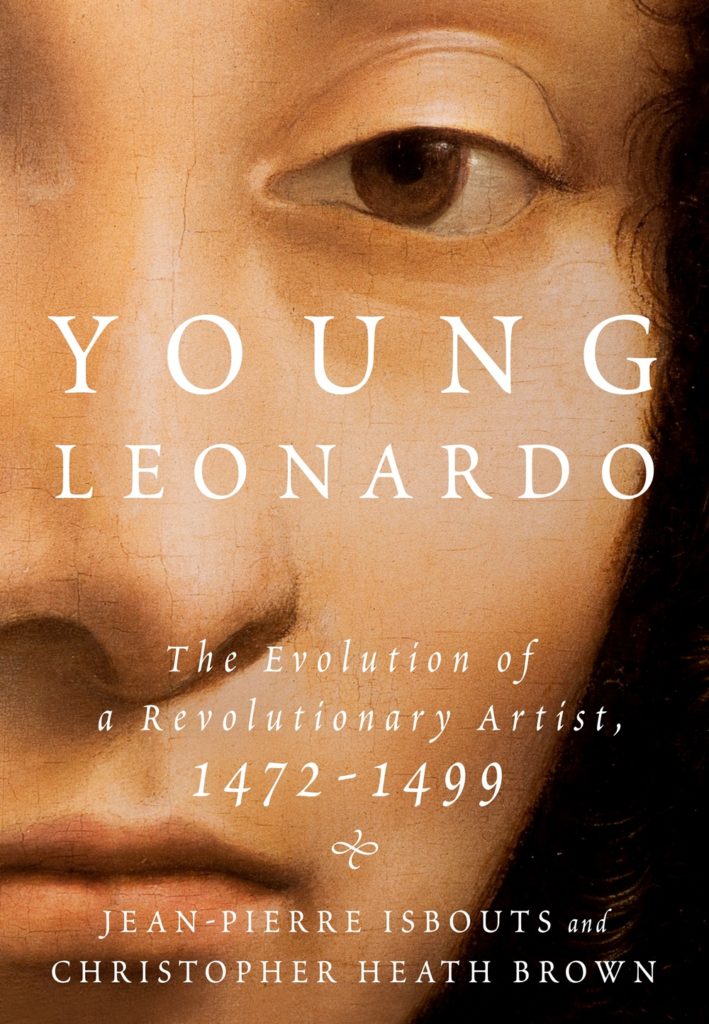
Young Leonardo: The Evolution of a Revolutionary Artist, 1472–1499 by Jean-Pierre Isbouts and Christopher Heath Brown (2017). Courtesy of Thomas Dunne Books / St. Martin’s Press.
10. Young Leonardo: The Evolution of a Revolutionary Artist, 1472–1499by Jean-Pierre Isbouts and Christopher Heath Brown (May 2017)
The authors refute the oft-told tale that the young da Vinci enjoyed a promising start as an artist in Italy, delving instead into his struggle to resist the style of his master and his efforts to produce his first masterpiece in Florence. Isbouts and Brown depict the artist’s seminal years in Milan and provide a window into the artist as he hones the groundbreaking techniques that altered the course of European art.
—Eileen Kinsella
11. Georgia: A Novel of Georgia O’Keeffe by Dawn Tripp (January 2017)
Even more suitable for a beach read now that it’s available in paperback, Dawn Tripp’s bestselling work of historical fiction explores Georgia O’Keeffe’s arrival in New York in 1916 as a young teacher, where she met and immediately connected with photographer and publisher Alfred Stieglitz. The book chronicles their often tempestuous love affair even as O’Keeffe began forging her now legendary artistic career.
—Eileen Kinsella

Happy Little Accidents: The Wit and Wisdom of Bob Ross Compiled by Michelle Witte. Courtesy of Running Press 2017.
12. Happy Little Accidents: The Wit and Wisdom of Bob Ross compiled by Michelle Witte (May 2017)
“There’s an artist hidden at the bottom of every single one of us.” Truer words were never spoken, and these were spoken by that silky-voiced television dauber, Bob Ross, known for a perm (that he hated) and for his “happy little trees.” A new book pairs one harmonious painting per spread with one of Ross’s trademark insights. A canvas showing two trees, merged at the roots, accompanies the insight “Friends are the most important commodity in the world. Even a tree needs a friend.” Another gem, facing an image of a burbling stream: “If we all painted the same way, what a boring world it would be.”
—Brian Boucher
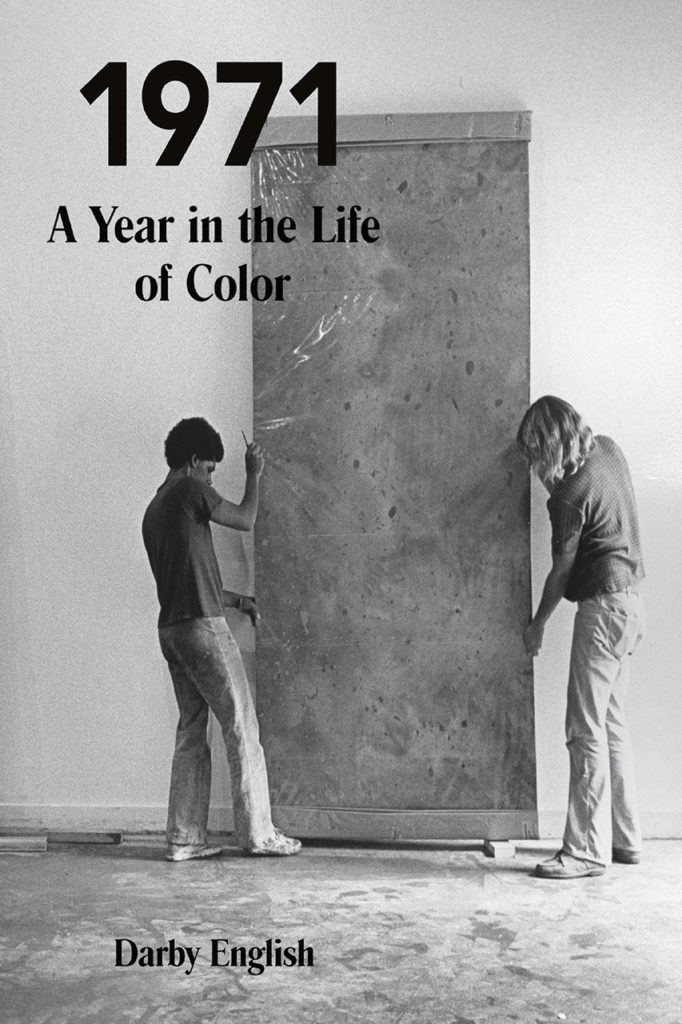
1971: A Year in the Life of Color by Darby English (2016). Photo via University of Chicago Press.
13. 1971: A Year in the Life of Color by Darby English (December 2016)
Who doesn’t like to spend long summer afternoons rethinking the history of Modernism? In this exhaustively researched book, the art historian and Museum of Modern Art consulting curator Darby English tells the story of two exhibitions in 1971 that sought to re-write the history of the movement. They were not without controversy. The first show, “Contemporary Black Artists in America,” held at New York’s Whitney Museum of American Art, prompted 15 of 75 participating artists to withdraw their work amid protests that it had been organized without enough input from black curators. Later that year, “The Deluxe Show” popped up inside a dilapidated movie theater in Houston’s Fifth Ward and is now credited as the first integrated show of work by black and white artists in America. Both shows focused on abstract artists at a time when conceptual art was king, and their enduring impact prompts us to consider how much the canon has—and has not—stretched to accommodate an expanded story of Modernism.
— Julia Halperin
14. Art Collecting Today: Market Insights for Everyone Passionate About Art by Doug Woodham (April 2017)
Written by the former director of Christie’s Americas Doug Woodham, this book is an engaging, practical guide to navigating the art market. If you’re just starting your art-world journey, this is an excellent introduction to the marketplace and its practices. Although the book is geared towards non-specialists, even seasoned experts will enjoy Woodham’s perceptive writing style, clever tips, and entertaining anecdotes.
—Henri Neuendorf
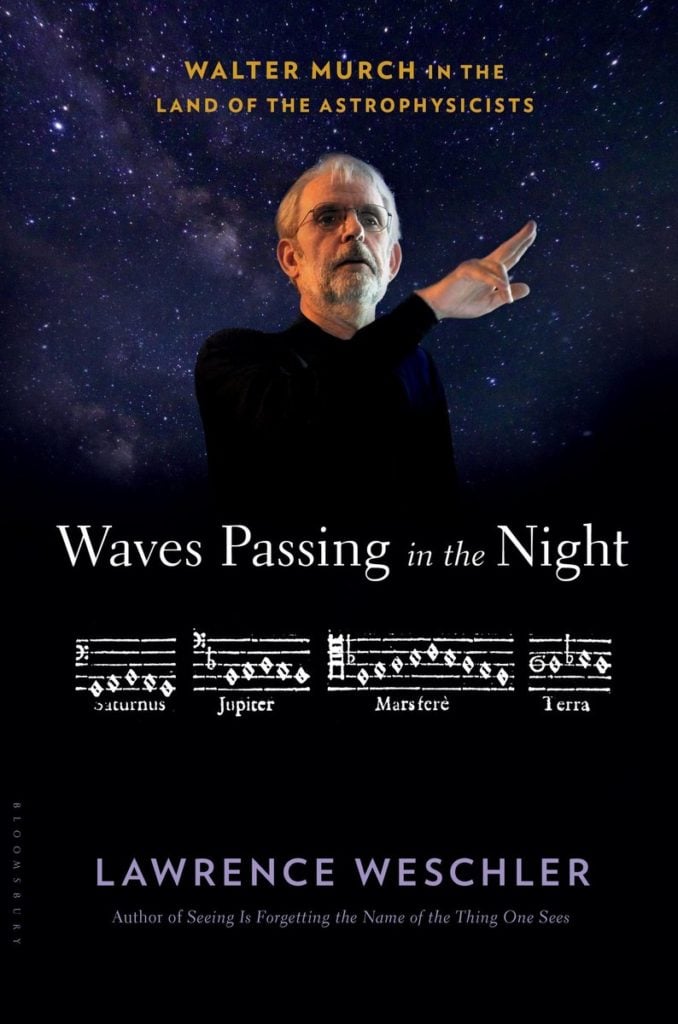
15. Waves Passing in the Night: Walter Murch in the Land of the Astrophysicists by Lawrence Weschler (January 2017)
Not many art writers define a sensibility so completely as Lawrence Weschler does. The “Weschler-esque” sticks out immediately: a generous, humane interest in the art and creativity as it bubbles up where you least expect it, and an attention to the points where the quirky or esoteric become genuinely poignant and alive, whether in his discovery of the eccentric world of the Museum of Jurassic Technology (Mr. Wilson’s Cabinet of Wonder) or in his writing on the late artist J.S.G. Boggs, a totally singular figure who blurred the line between artist and counterfeiter (Boggs: A Comedy of Value).
Waves Passing in the Night finds a new and archetypally Wescher-esque protagonist in Walter Murch, the legendary Hollywood film editor of Godfather fame, who in his spare time has dedicated himself with serene conviction to reimagining how the cosmos works. Specifically, he has developed his own rebooted theory of the “music of the spheres,” the way that the circulation of heavenly bodies correspond to the laws of music. Scientists are not having it. Weschler not only hears Murch out, but makes his tale into a whole parable about the collision of art and science, and what the two do, and don’t, have to offer one another.
—Ben Davis
Follow artnet News on Facebook.
SHARE


